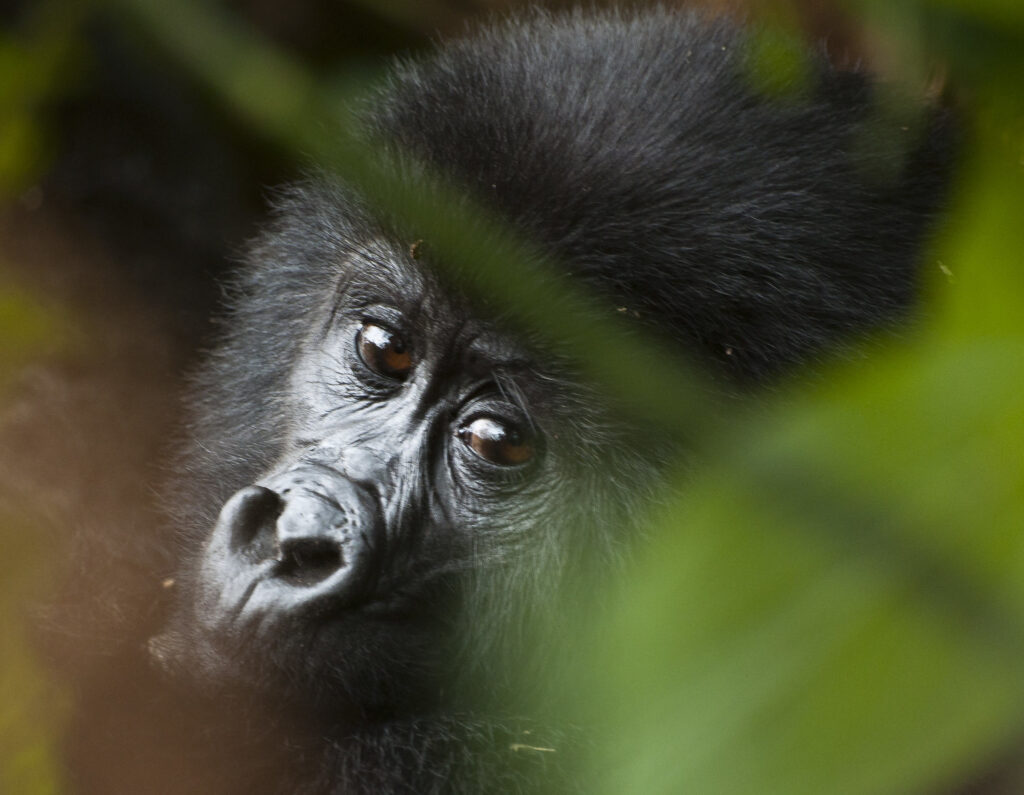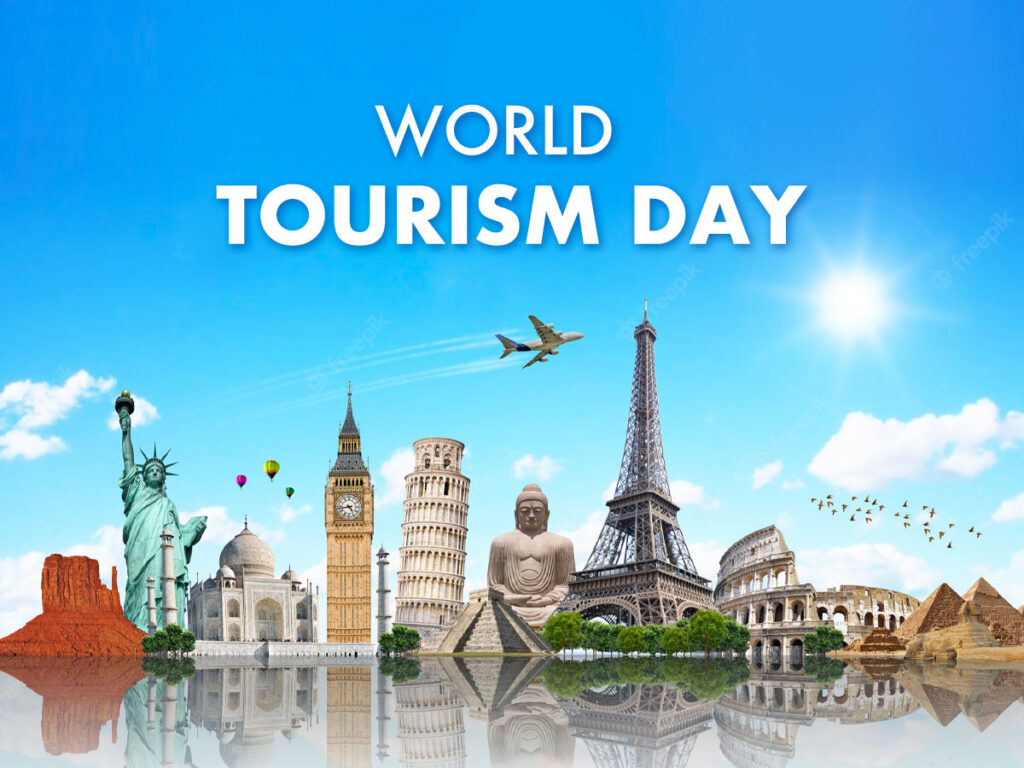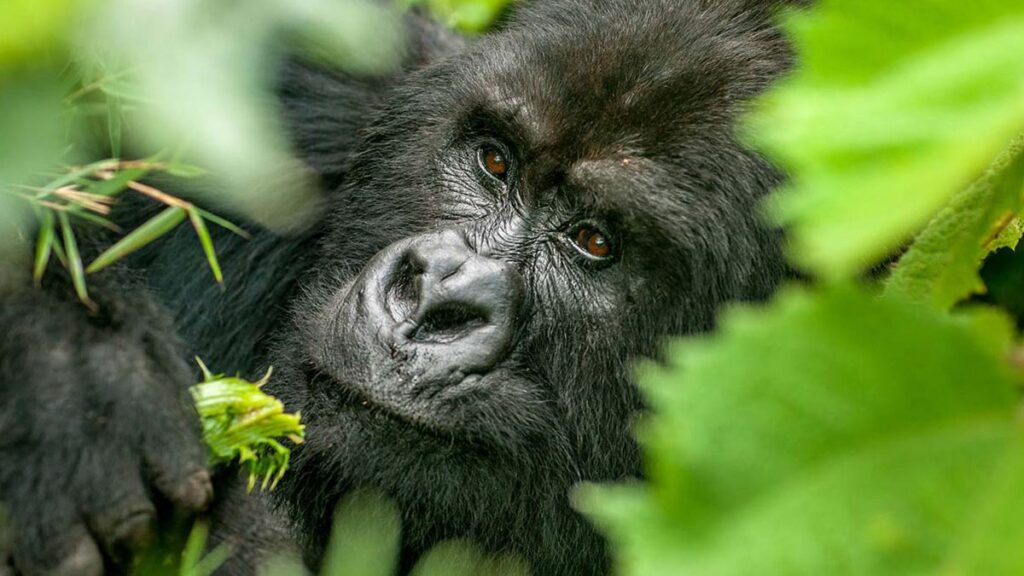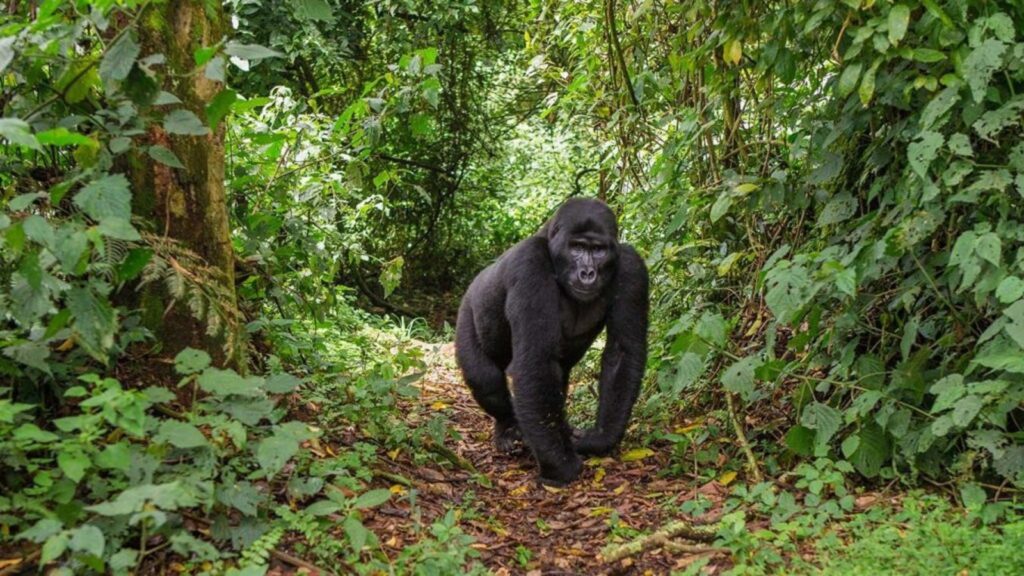Mangroves National Park: Congo’s Hidden Coastal Treasure
While Congo is famous for mountain gorillas and volcanic adventures, it also shelters a lesser-known gem along its short Atlantic coastline—Mangroves National Park. Covering just 768 square kilometers, this protected area preserves the Congo River estuary and its mangrove forests. It is the only marine national park in the Democratic Republic of Congo, making it vital for biodiversity, fisheries, and coastal ecosystems.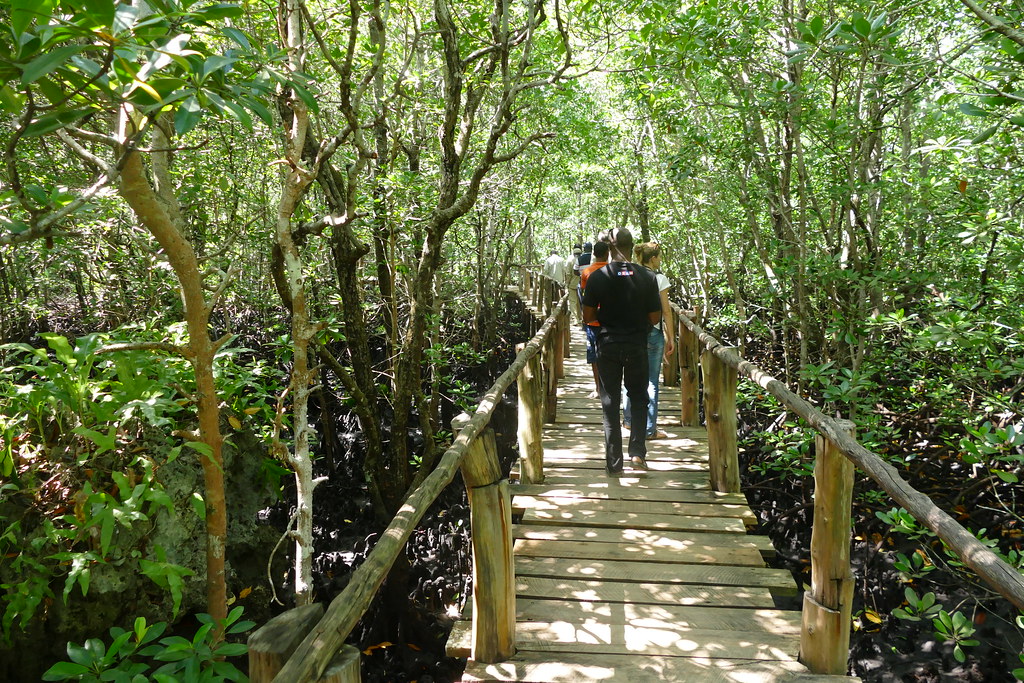
Location and Landscape
Mangroves National Park lies in Kongo-Central Province, near the town of Muanda and the mouth of the mighty Congo River. The park’s landscapes feature mangrove forests, mudflats, river channels, and coastal wetlands. These habitats act as nurseries for fish and provide a buffer against coastal erosion, making them crucial for both wildlife and local communities.
Wildlife and Biodiversity
The park is home to an array of rare and specialized species adapted to mangrove habitats:
- Aquatic Life: Numerous fish species breed in the estuary, supporting both local livelihoods and ecological balance.
- Birdlife: Wading birds, pelicans, and migratory species thrive in the wetlands, making the park a hotspot for birdwatchers.
- Mammals: Manatees, dolphins, and aquatic reptiles find refuge in the park’s waters.
- Mangrove Flora: Red, black, and white mangrove species dominate the forests, providing shelter for countless organisms.
The park’s ecosystems connect directly to the Atlantic Ocean, making it a vital link between marine and riverine environments.
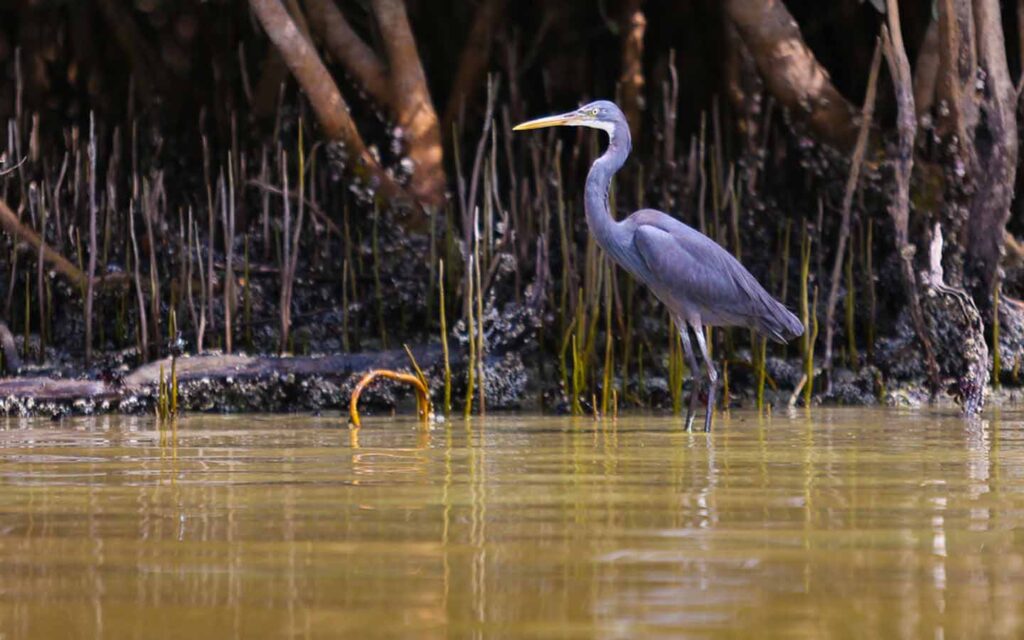
Cultural and Community Importance
Mangroves National Park supports fishing communities living around the Congo estuary. Locals rely on its resources for fish, crabs, and building materials, while conservation projects encourage sustainable practices. The park also provides opportunities for eco-tourism, which can bring alternative income while protecting fragile habitats.
Conservation and Challenges
As the only marine national park in DRC, Mangroves faces unique conservation challenges. Overfishing, deforestation of mangroves, and oil exploration threaten the delicate ecosystem. Despite these pressures, the park plays a key role in conserving coastal biodiversity and fighting climate change by absorbing large amounts of carbon dioxide.
International conservation partners and local authorities continue to promote community-based management, ensuring the mangroves remain a living resource for both people and wildlife.
Visiting Mangroves National Park
Although less visited than inland parks, Mangroves National Park offers an off-the-beaten-path experience for eco-travelers. Visitors can explore by boat along the estuary, watch migratory birds, and interact with local fishing villages.
- Best Time to Visit: June to September and December to February, during the dry seasons.
- Access: The park is reachable from Muanda, about 210 km from the port city of Matadi.
- Activities: Birdwatching, boat safaris, fishing tours, and cultural encounters with coastal communities.
Best For, Tip & Idea
Best For: Eco-tourists, birdwatchers, and travelers seeking unique coastal ecosystems in Central Africa.
Tip: Explore the park by boat to fully appreciate the mangrove channels and spot hidden wildlife.
Idea: Combine a visit to Mangroves National Park with inland journeys to Virunga or Kahuzi-Biega for a diverse Congo safari—from gorillas to coastal wetlands.
Conclusion
Mangroves National Park may not have the fame of Virunga or Kahuzi-Biega, but it is a vital jewel in Congo’s protected areas. As the country’s only marine park, it safeguards mangrove forests, estuaries, and unique wildlife while supporting coastal communities. For travelers seeking a different side of Congo, Mangroves offers a rare chance to explore Africa’s second-largest rainforest basin meeting the ocean.

